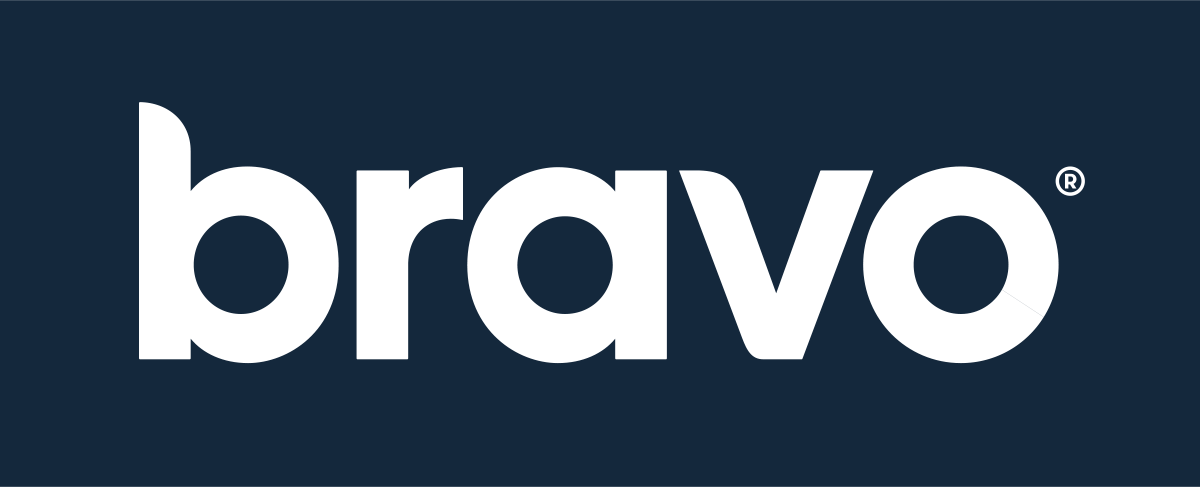Think about your most productive work day last week. Now ask yourself: why was that day so productive?
Maybe it was because you slept great the night before. Maybe it was because Jeff only dropped by your desk once instead of ten times to chat. Or, maybe it was because you had a nutritious lunch.
When thinking about the factors that affect work performance, food is usually one of the last considerations - especially for those of us struggling to keep up with emails, meetings and deadlines.
Benefits of Promoting Healthy Eating in the Workplace
Food has a direct impact on our performance and productivity. Here’s a basic breakdown of the science: Our bodies convert almost everything we eat into glucose, or the energy our brains need to stay alert. If our brains do not receive enough glucose, we start to lose focus. Now add to this the fact that not all foods are processed into glucose at the same rate. For example, foods like pasta, bread, and soda release their glucose quickly leading to a burst of energy and then a slump. Foods like cheeseburgers and chicken nuggets release their glucose more sustainably, but require the body to work harder.
These types of unhealthy lunch options that release glucose too quickly or make our bodies work harder for it unfortunately tend to be both cheaper and faster than the healthy options. And, even more unfortunately, cheap and fast are incredibly alluring during a busy work day.
A recent study in the British Journal of Health Psychology1 shows that not only can healthy foods provide us the energy we need, but also they can make us happier, more engaged, and more creative. Why? Because fruits and vegetables contain nutrients that foster the production of dopamine, which plays a key role in the experience of curiosity, motivation and engagement.
So, what do you need to break the unhealthy eating cycles and foster greater productivity and creativity at work? Awareness and action plans.
Keep reading to learn how you can build wellness - which includes healthy eating – into your organization’s day-to-day by aligning your official policies and values and your organizational culture and beliefs with an action plan to proactively support employees.
Getting Started
Before you start making changes around the office, it’s important that you assess current habits and attitudes. Your assessment will help you to determine the types of healthy eating programs that will be more readily adopted.
A great way to start is by leveraging a health risk assessment that asks about employees habits, lifestyle, and their readiness to change. An aggregated report will show you whether or not employees need (or want) help to change their eating habits.
Next, use your wellness champion network to vet your ideas and help garner excitement for change. Your network can find out answers to questions such as:
- Why are people interested in a healthy eating program? For example, do they want to lose weight, improve their mood, or treat a particular condition?
- Are people interested in general information that they can use to make their own decisions, or would they rather more involved programs that guide them step by step?
- Would people rather the program be offered seasonally or year-round?
With the answers to these questions and a solid understanding of where you’re starting from, you can formulate an action plan to promote proper diet and nutrition in the workplace.
When formulating your plan, it’s imperative that you’re not forcing new ideas onto your workforce. Your wellness champions should work together to help their coworkers notice your well-intentioned improvement efforts and communicate the value to them.
As your network builds trust and establishes leadership, they can support your action plan by inspiring other employees in simple, health-conscious ways, such as encouraging them to pack a healthy lunch or take a mid-day walk.
Download our Wellness Champion Guide to learn how to recruit and engage wellness champions to help you overcome cultural barriers to well-being and healthy eating.
Effective Ways to Educate Your Employees
Once you’ve started a wellness movement by establishing a wellness champion network, you can further your action plan with continuing education for your employees.
About 80% of consumers are confused by the amount of conflicting resources describing what they should and should not eat. When in a state of confusion, their core purchase drivers are taste, price, familiarity, and healthfulness.2 In that order.
But, the data also shows that when properly educated, they’re willing to make changes to their eating habits. In fact, 78% of consumers changed their eating habits after speaking with a healthcare professional.2
Here are just a few examples of effective and engaging ways to educate your employees on healthy eating:
- Host a healthy eating lunch and learn
- Invite a nutritionist for an onsite cooking class or workshop - you can even find a dietitian right in your area
- Host a health fair with a variety of educational vendors
- Start a healthy eating challenge or contest
- Send out a monthly newsletter with healthy recipes
- Create a bulletin board in a high-traffic area where you can post nutrition information
- Partner with a local cooking school to offer employee discounts on classes
- Partner with a local health organization to offer employee discounts on nutritionist consultations
Effective Changes to Make Around the Office
On average, Americans consume fewer fruits and vegetables and more protein than even they think experts would recommend. The top two reasons for this: the cost of and lack of access to good quality fruits and vegetables.2
Two great ways to help your employees overcome cost and access barriers are to overhaul your workplace food options and to join a workplace-based, community-supported agriculture (CSA) program.
Workplace Food Options
Make it your goal to:
- Provide healthier food options in the cafeteria
- Add healthy food options to vending machines and snack bars
- Provide healthy choices for company meetings and events
To promote healthy eating habits, use a nutrition standard to ensure that foods offered in the cafeteria and at meetings are higher in nutrients and lower in added fats, sugars and salts. Consider adding salad and other health-conscious bars so participants can create their own healthy plate. Or, teach them how to compose a healthy plate by offering them prepackaged meals.
Ask the vendors/restaurants you use for company meetings if they have healthier options instead of the typical chips and cookies sides. Many will substitute fruit if you ask!
Another way to encourage employees to make healthier choices is to employ financial incentives, or to lower the cost of healthier foods. Research shows that by increasing choices of fruits and vegetables at work by 30%, and by reducing costs of fruits and vegetables by 50%, increases healthy food purchases by 300%.3
Join a CSA
As part of a CSA, participating employees prepay for a season’s worth of produce from local farms. Participating employees pick up their weekly bag of produce from the CSA truck right outside the workplace.
Research on farm-to-worksite programs shows CSAs have a direct impact on the overall wellness of their participants.4
According to a study funded by the USDA Agricultural Marketing Service titled, "Impacts of a Community Supported Agriculture (CSA) Voucher Program on Food Lifestyle Behaviors: Evidence from an Employer-Sponsored Pilot Program" first-time CSA participants increased their fruit and vegetable consumption by over half a serving per day. Compared to their pre-CSA eating habits, this extra serving of fruits and vegetables puts the participants, at what research shows, is the critical produce consumption for positive long-term health outcomes, such as decreased risk of cardiac disease, cancer, stroke and other chronic diseases.
Not only do CSA participants eat more fruits and vegetables, but also they start to engage in more broad food and health lifestyle changes. For example, participants decreased their restaurant and processed food spending and started cooking more healthy meals at home. Participants were also inspired to increase their awareness of food sourcing, search for new recipes online and join health and wellness cooking or nutrition classes.
Bravo is Here to Help
When you partner with Bravo, you can learn how to build wellness into your organization’s day-to-day. Our team can help you align your office policies, values and culture with an action plan that proactively supports your unique employee population and your employees as individuals.
Working hand-in-hand with your team, we’ll establish your wellness champion network, identify unhealthy practices, start new programs, and shift policies and procedures that encourage healthier practices.
Resources:
1On carrots and curiosity: eating fruit and vegetables is associated with greater flourishing in daily life. Accessed August 30, 2018.
https://www.ncbi.nlm.nih.gov/pubmed/25080035.
22017 Food & Health Survey. Accessed August 30, 2018.
https://www.foodinsight.org/sites/default/files/2017%20Food%20and%20Health%20Survey%20-%20Final%20Report.pdf.
3An environmental intervention to increase fruit and salad purchases in a cafeteria. Accessed August 30, 2018.
https://www.ncbi.nlm.nih.gov/pubmed/7855111.
4Impacts of a Community Supported Agriculture (CSA) Voucher Program on Food Lifestyle Behaviors: Evidence from an Employer-Sponsored Pilot Program. Accessed August 30, 2018.
http://www.mdpi.com/2071-1050/9/9/1543/htm.



